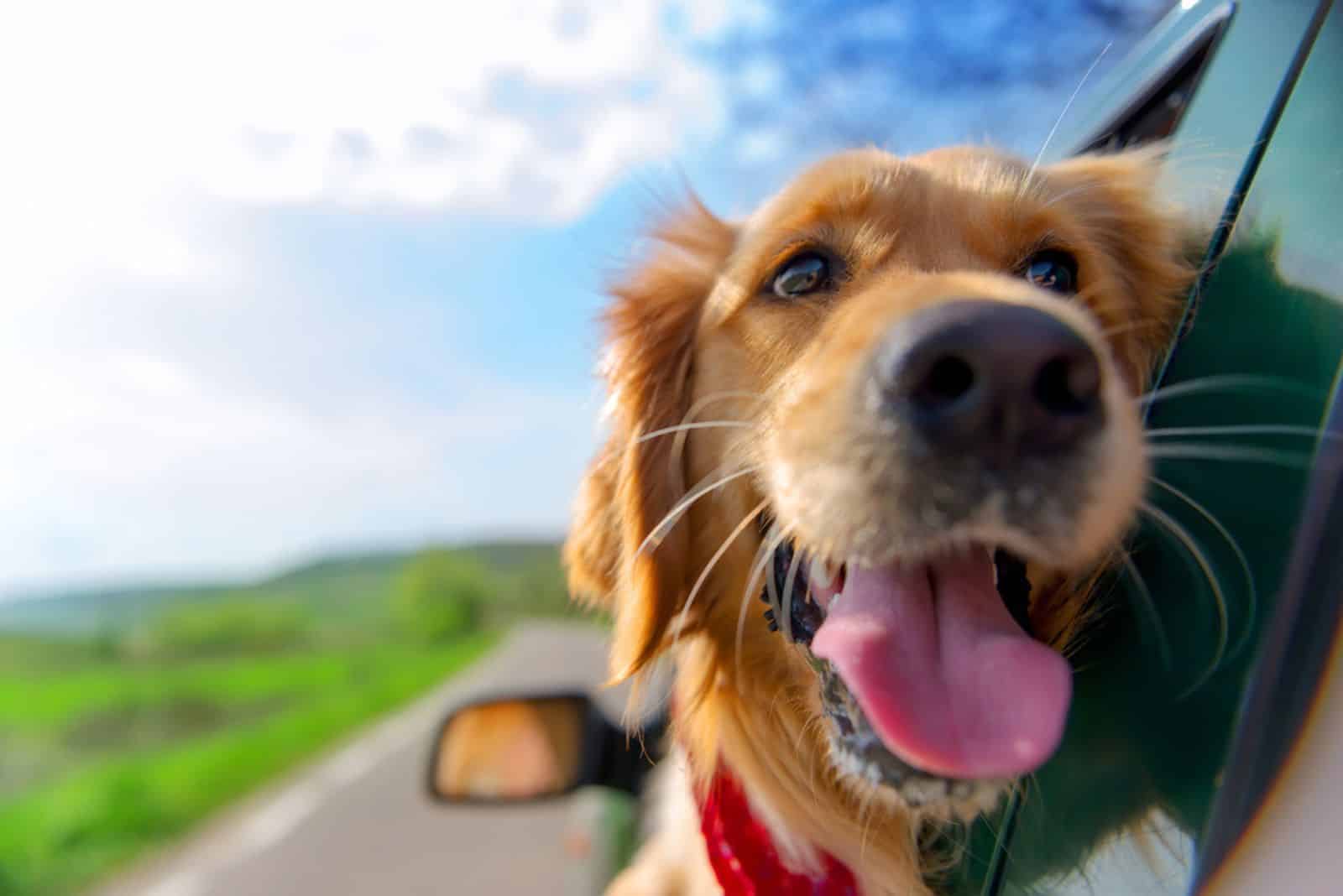Have you ever wondered why do dogs have whiskers?
Yes, seriously… Dogs have whiskers! Haven’t you seen them? They’re located all over your dog’s head, even under the chin! However, they’re not quite the same as feline whiskers… the more popular ones.
Dogs have whiskers, and they’re extremely important to them. What are the roles of canine whiskers, where can we find them, do all dogs have them, and should you ever remove them are all the questions you’ll get answered today!
So, Why Do Dogs Have Whiskers?
When someone mentions whiskers, rarely does anyone think of canine whiskers. Cats are the first animals that come to our mind, followed by tiny rodents like hamsters. But, dogs? Do they even have whiskers?
Of course they do! Dogs have whiskers, and if you take a closer look, you’ll notice they’re not meaningless. A dog’s whiskers actually mean something! They’re not for decorative purposes only.
German Shepherds are super proud of their fancy whiskers, and even Chihuahuas have them. All dog breeds, from tiny to big ones, must have whiskers. Their length is different, but their roles are all the same.
What are whiskers, and why are they present with each dog breed? Also, should you leave them on or pluck them? Keep on reading, and I’ll tell you all about those funny little hairs.
What Are Whiskers?
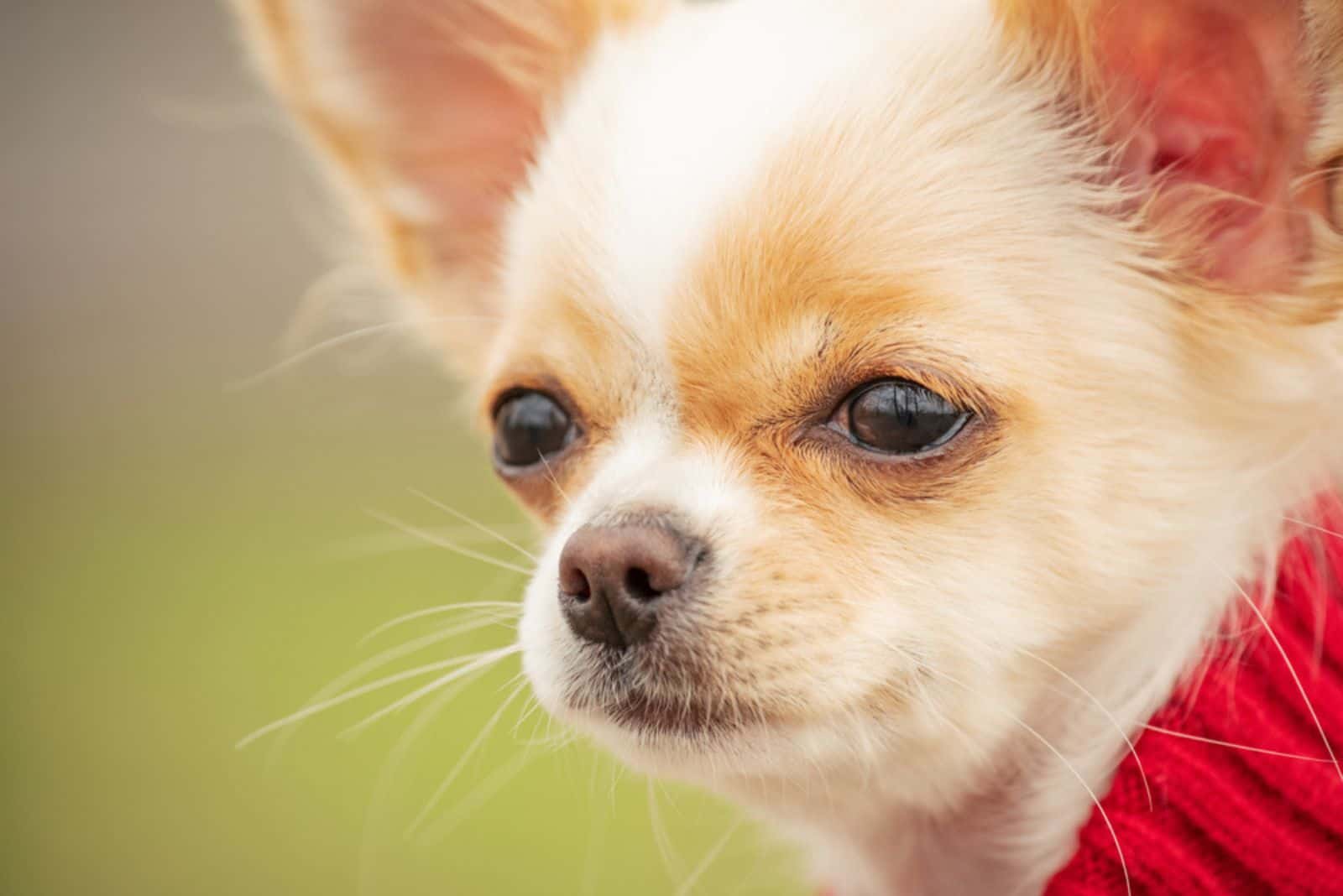
Did you know that dog whiskers have another, more scientific term? Yes, dog experts don’t just call them whiskers. They’re vibrissae! This fancy word doesn’t stand for fancy hairs. All dog whiskers are called this way, no matter how they look or how small they are.
Dog whiskers are hair, fully made of keratin, but they’re much thicker and more flexible. They won’t fall out as easily as coat hair.
Whiskers aren’t positioned only on the dog’s muzzle. Did you know that there are several types of dog whiskers according to their position?
So, we have typical muzzle whiskers (also called mystacial whiskers). There are more of these than any other type.
Genal whiskers are located on the cheeks. Usually, there’s only a couple of them – one or two on each side.
Supraorbital whiskers are located above the dog’s eyes. They’re shorter than mystacial whiskers, and smaller in number.
Sometimes, dogs also have whiskers under their chin like small patches of hair. Those are tufts of hair that grow out of the mole.
Dog whiskers have tapered points, and they shouldn’t be too sharp or fragile.
We know what they are and how many of them there are. But, what are they used for?
They’re Sensors
Whiskers are tiny, and they are not noticeable at first glance, but they have vital roles in a dog’s life. Without them, dogs wouldn’t be able to perceive their surroundings.
Each whisker type has a role that helps give the dog useful information about the room he’s in or what lies above his head.
For example, supraorbital whiskers will send signals to the dog’s brain to blink, if needed, or to duck his head.
Canine whiskers are like little detectors. Whiskers on the cheeks help dogs navigate through tight spaces. They let them know how far they are from the wall or any other surface. Whiskers under the chin help detect food, water, and treats.
Lastly, the whiskers on the muzzle are there to measure the distance between the muzzle and the object that a dog’s looking at, i.e., a food bowl or another dog.
They Show Emotions
Believe it or not, dog whiskers are also there to show emotions. When a dog is relaxed and happy, its whiskers will be flat to its face. Still, a dog that’s stressed out or angry will point his whiskers down towards his throat.
Also, whiskers help transmit hormones like pheromones.
They’re Protecting Your Dog
Yes, whiskers can protect your dog!
Imagine your pup is stuck in a tight space, but he’s still able to crawl through it, and eventually go outside. Whiskers will help your dog maintain the right direction, and keep him away from surfaces on the sides which may potentially hurt your dog.
Another great example of whiskers’ use is when a dog encounters another animal, i.e., a hedgehog. The whiskers under the chin will warn your dog not to get too close to the pointy little animal or he’ll get hurt. Of course, some dogs just don’t listen, but that’s a whole other story.
Do All Dogs Have Whiskers?
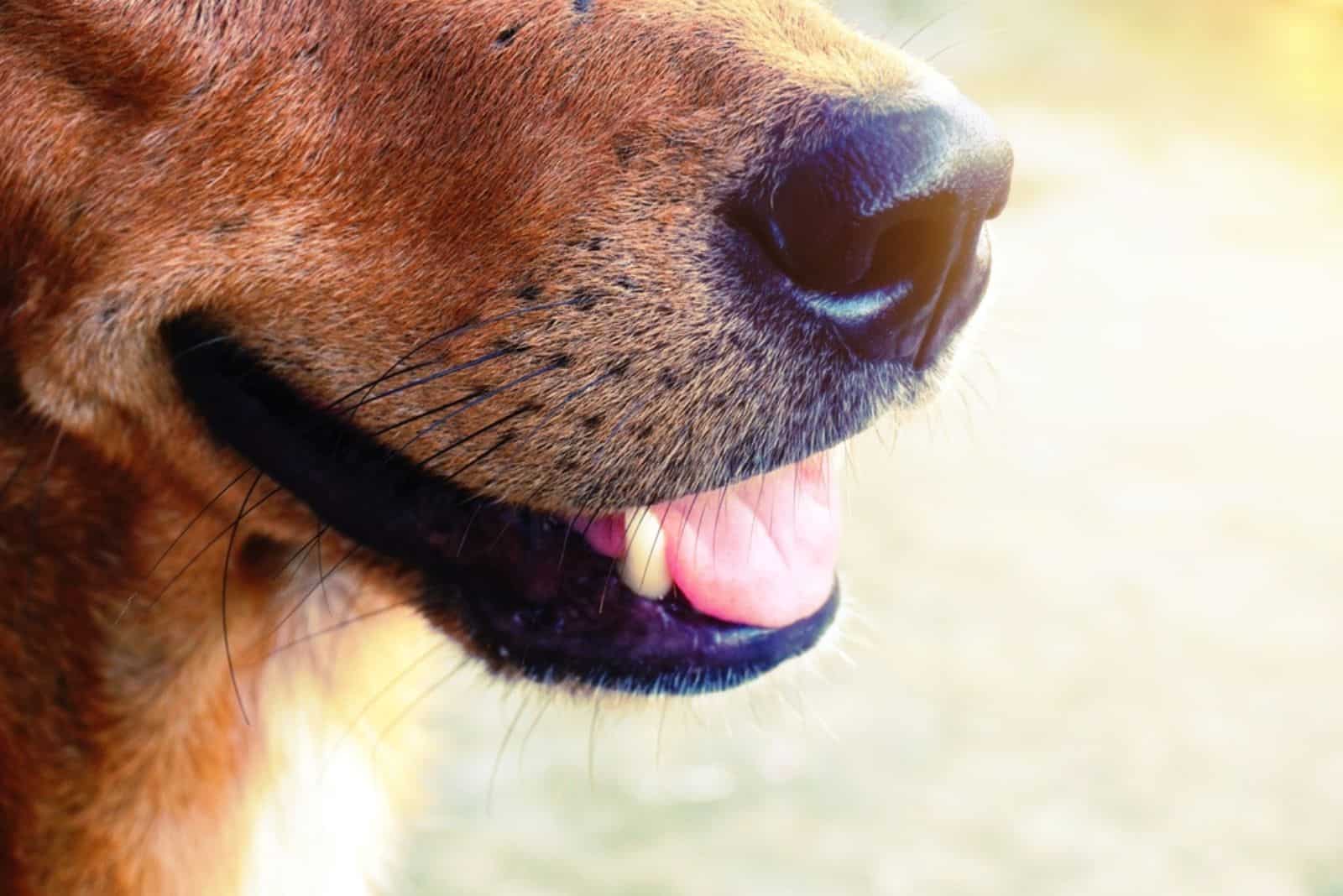
Of course they do! All dogs, no matter their gender, size, or breed have whiskers. It’s a natural body feature just like their tail and their ears. Of course, you can dock Dobbie’s tail, for example, or crop the ears, but that just won’t be right. The same can be said for the whiskers.
However, not all whiskers are the same. As we have different dog breeds, we must have whiskers that go along with each breed. A Goldendoodle won’t have the same whiskers as a Chihuahua.
Whiskers may vary in size, length, number, and hair style. Yes… style, because straight-haired dogs have straight whiskers. Curly dogs have curled up whiskers. But, how about hairless dogs like the Chinese Crested?
They have whiskers, too! They might not be very prominent because these dogs still have some hair on their body.
No matter their color or style, all whiskers have the same function of showing emotions and helping the dog move through spaces.
Are Dog Whiskers And Cat Whiskers The Same?
When you compare a dog’s whiskers to a cat’s whiskers, you’ll notice that cats usually have longer whiskers than their canine counterparts. Also, they seem to come in a larger number than with dogs.
Still, their role is the same. Cats use their whiskers to find food, to balance on high grounds (because cats just love to walk tall, of course), and to help them find their way in the dark.
Just as with dogs, cat whiskers are different depending on the type of the cat. Long-haired cats have more whiskers, and they’re longer in size than whiskers of short-haired or hairless cats.
What’s curious about these little hairs is that cats have them on the back of their forelegs. Dog’s don’t have whiskers there.
So, as you can see… cats and dogs aren’t that different. But, that’s still no reason for them to stop hating each other.
Should You Ever Remove Your Dog’s Whiskers?
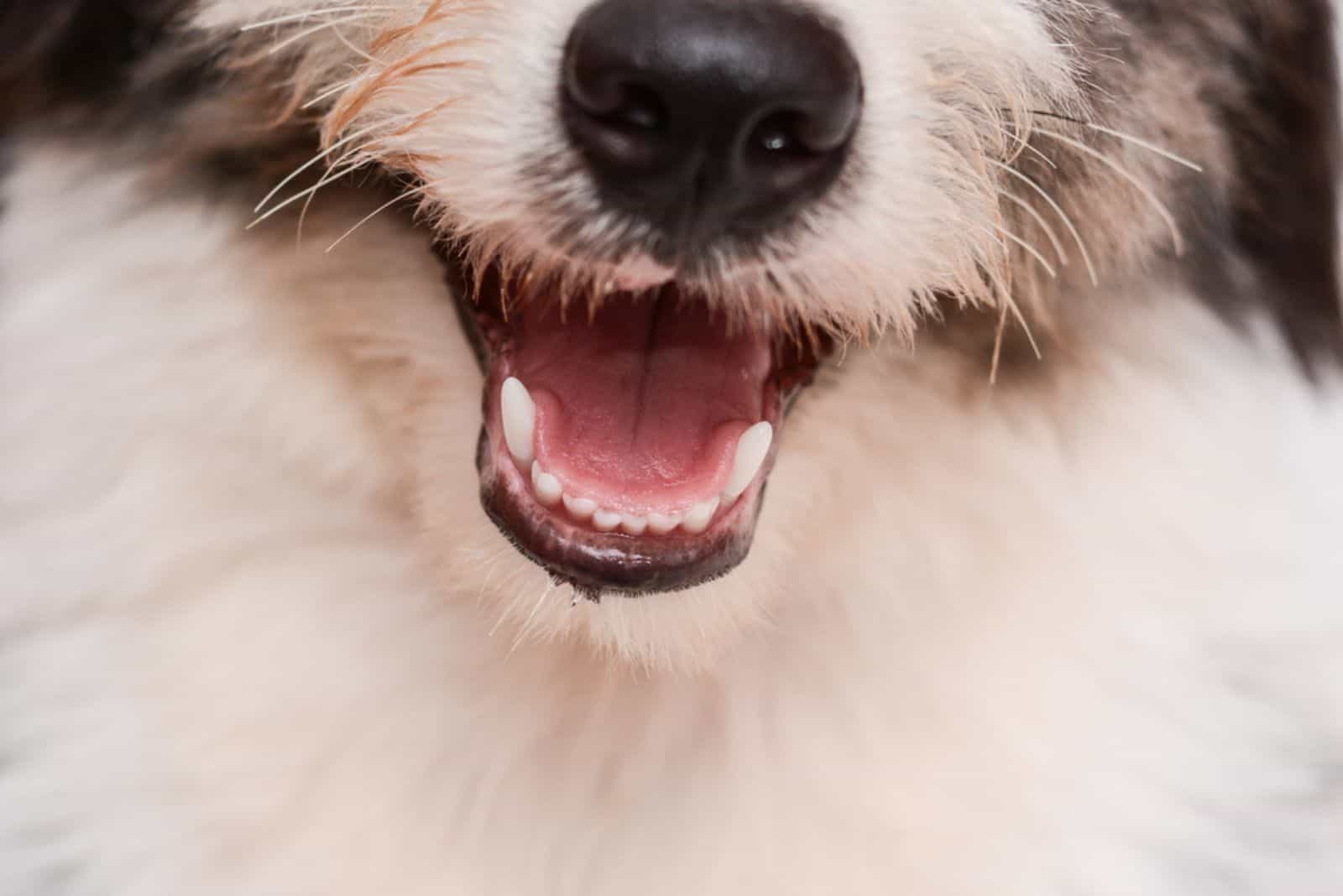
This isn’t a matter of choice as to whether you should or shouldn’t remove your dog’s whiskers. The answer is quite simple: you should never remove your dog’s whiskers.
I can’t stress enough how bad I feel for those dogs with a docked tail and cropped ears like Pitbulls have. They were submitted to meaningless cosmetic procedures that caused them severe pain.
Imagine how painful it would be to remove one of your dog’s whiskers! Put yourself in the same position: do you like when someone pulls out your hair, i.e., the hair of your beard?
Exactly.
A dog’s whiskers should stay intact. And, when I say intact, I mean never removed nor trimmed.
Trimming whiskers is also a huge no, so better not even think about it.
Besides the painful experience, removing whiskers will cause other problems for your dog, such as the lack of ability to orient itself in space. Also, dogs that hunt or like to swim would have so many troubles performing their everyday duties.
Removing these sensory organs (or trimming them) will cause stress, and there are already so many stress-related issues.
What If My Dog’s Whiskers Are Falling Out?
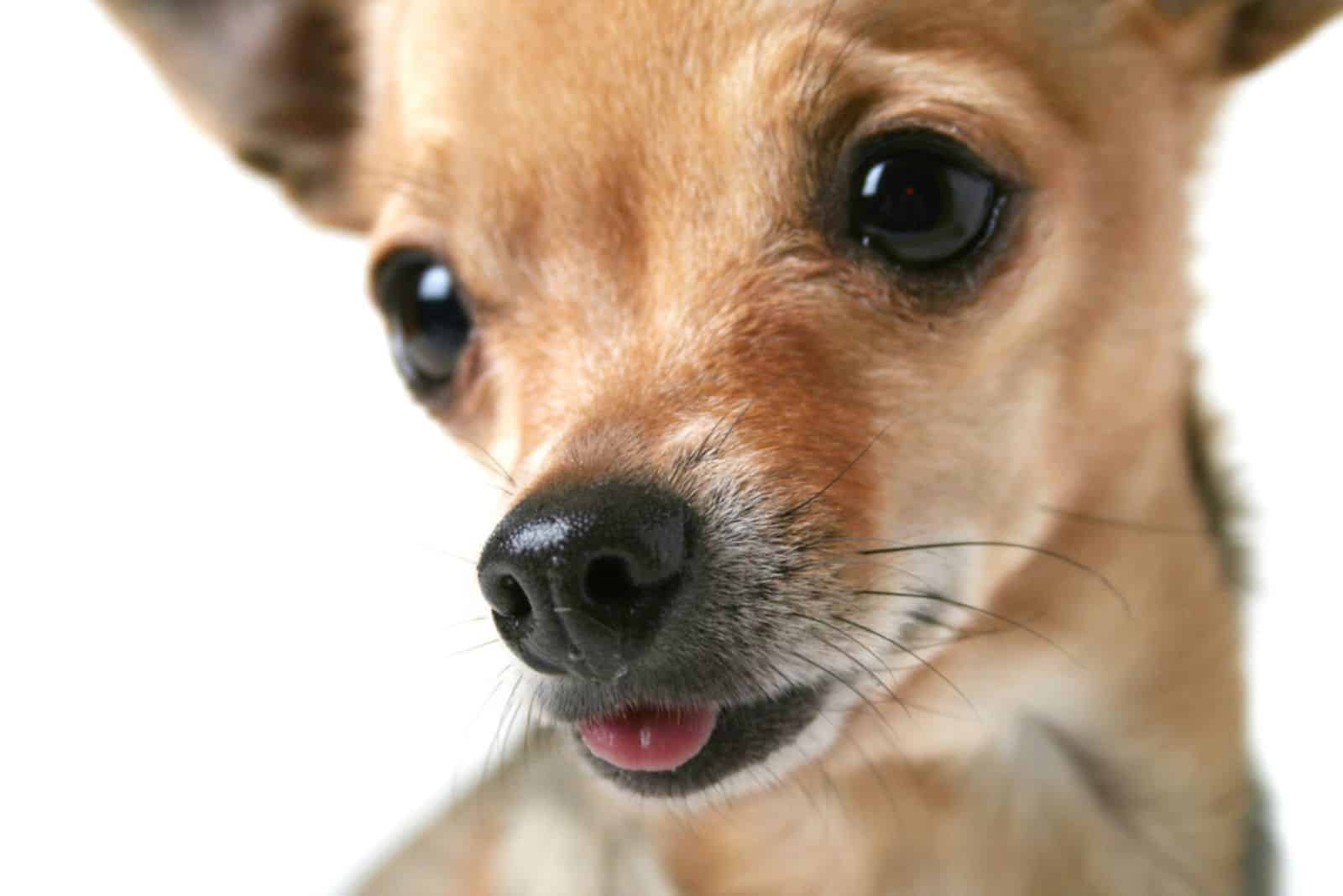
Don’t worry – whiskers can and will fall out occasionally. It’s a part of the normal growth process. Old whiskers will fall out to make room for new ones. The growth of new whiskers takes about a few weeks if everything is okay with your dog.
Usually, old and broken whiskers will make room for new ones. If your dog isn’t experiencing any other health issues, then finding a loose whisker is okay.
But, when is it not okay?
Sometimes, dogs will develop a condition called alopecia areata. This means a dog’s facial hair and whiskers will fall out. The condition could be mildly severe, but some cases have reported hair loss all over the dog’s body.
Be this as it is, your vet should be familiar with the conditions, especially if your dog has been experiencing lots of stress or skin infections.
Final Words
Finally, the mystery of why dogs have whiskers is solved.
Dogs have whiskers to help them navigate and show off emotions. Cats have them for balance (mostly), but dogs have them to stay on the right course, and understand how to perceive things surrounding them.
Dog whiskers are pretty useful. Removing them would be just like removing a dog’s tail or his claws. You should never do that to your dog. Otherwise, you’re risking lots of stress, lack of ability to move around properly, and even aggressive behavior.
They’re more important than you think. So, the next time you’re stroking your dog, make sure to pet those tiny helpers, too!
